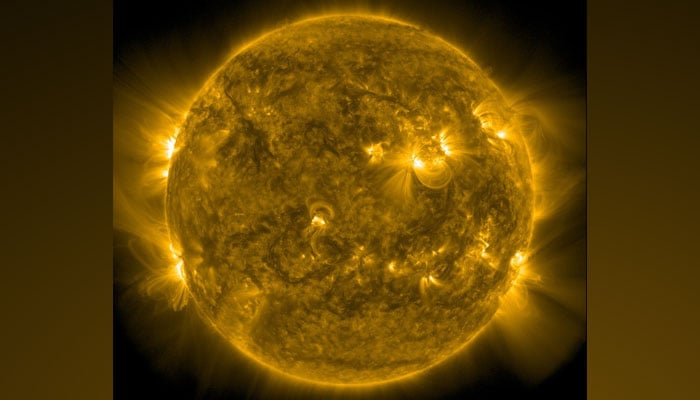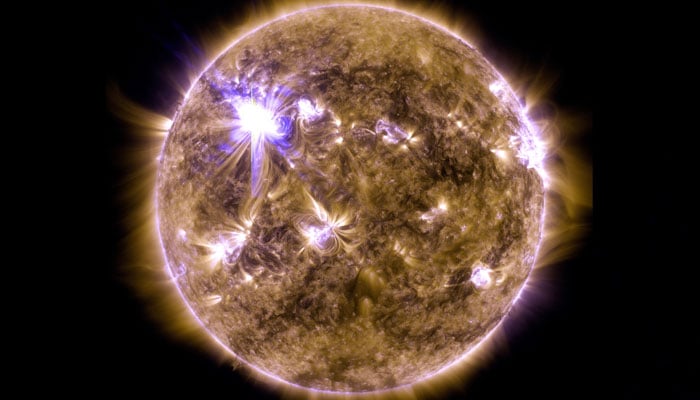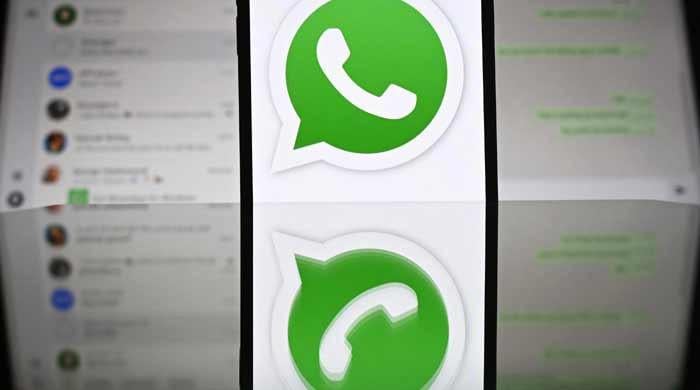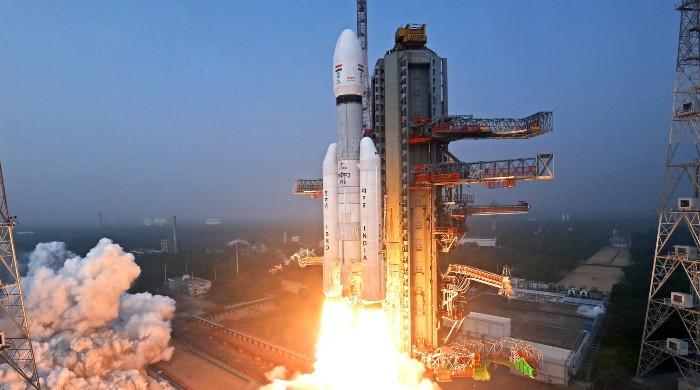Nasa's probe allows comprehensive insight of solar winds after decades
It's like seeing jets of water emanating from a showerhead through the blast of water hitting you in the face, says UC Berkeley
June 09, 2023

Scientists have been seeking answers for decades about the solar winds that flow from coronal holes toward Earth, but Nasa’s Parker Solar Probe has allowed researchers to find out about these occurrences as it passed through the Sun’s upper atmosphere in 2021.
These solar winds cause aurora borealis — the northern lights — and can affect the satellites used for communications on Earth.
In a new study published in the journal Nature, researchers from Berkeley said the information gathered — by flying 13 million miles to the sun — will help predict so-called "solar storms," which create "beautiful auroras on Earth" but also "wreak havoc with satellites and the electrical grid."
These solar winds don’t hit Earth and the holes are formed at the solar poles, every 22 years these holes are seen all over the Sun and send bursts of solar winds at our planet.

A new release from the University of California (UC) Berkeley read: "It's like seeing jets of water emanating from a showerhead through the blast of water hitting you in the face."
Stuart D Bale, a professor of physics at the UC, Berkeley, and James Drake of the University of Maryland-College Park said: “Streams of high-energy particles were detected by the probe. These match the large convection cells inside coronal holes – called supergranulations – suggesting the fast solar winds originate in coronal holes.”
The wind is made during a process called magnetic reconnection and by the time it travels the 93 million miles to Earth, "it has evolved into a homogeneous, turbulent flow of roiling magnetic fields intertwined with charged particles that interact with Earth's own magnetic field and dump electrical energy into the upper atmosphere."
As per Nasa, the probe was launched in 2018 to answer questions that puzzled scientists for six decades, including "Why is the corona much hotter than the Sun's surface [the photosphere]? How does the solar wind accelerate? What are the sources of high-energy solar particles?"
The Parker Solar Probe is protected by a 4.5-inch-thick carbon-composite shield that can withstand nearly 2,500 degrees Fahrenheit, Nasa said.
But it won't be able to get closer than about 4 million miles to the sun's surface without frying. Bale said they will use data from that distance to firm up their conclusions.









